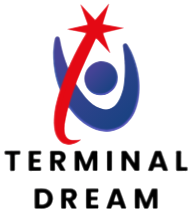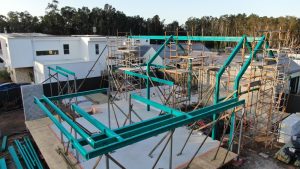
A clear direction defines how effectively an organization performs over time. Alignment across teams doesn’t happen by chance; it develops through intentional structure and open communication. Shared understanding builds reliability across layers of leadership and decision-making. Every team benefits when clear direction combines with strategy execution training that grounds planning in daily action.
Structured Vision Guiding Daily Action
A defined vision gives employees confidence to act with purpose. They interpret each step as part of something larger and more connected. When leaders express objectives with defined, measurable outcomes, the organization’s daily rhythm aligns with greater unity. A well-shaped framework nurtures accountability while still leaving room for inventive, solution-driven thinking.
Consistent Alignment Across Every Department
Departments rarely move together without guided synchronization. True alignment emerges when leaders connect priorities across departments and build channels that sustain transparency. Collaboration deepens when shared benchmarks replace isolated metrics. It’s about turning departmental objectives into mutual progress, ensuring all teams contribute meaningfully to the wider mission. The reward is harmony—every role aligned, every action intentional.

Performance Systems That Strengthen Accountability
Accountability thrives in an environment where progress is measured constructively. Effective systems make performance tracking a process of discovery rather than pressure. When outcomes are transparent, teams engage with clarity rather than uncertainty. Leadership gains insight, and employees gain purpose through visible growth. Systems built on fairness encourage both adaptability and resilience as conditions evolve.
Adapting Strategy To Real-Time Shifts
Change is not the enemy of progress; it’s the natural condition of success. The organizations that excel are those that adjust plans without losing coherence. Leaders often reexamine progress to ensure decisions match current realities. Organizations maintain balance and agility with targeted learning through thoughtful strategy execution training. Flexibility strengthens direction by keeping focus consistent while allowing natural evolution of methods.
Measurement Tools Elevating Internal Coordination
Measurement transforms assumptions into clarity. When data informs coordination, results follow more predictable patterns and inspire confidence across functions. Teams no longer rely solely on instinct—they rely on transparent insight.
- Use dashboards that link team progress to organizational objectives
- Track leading indicators alongside traditional performance metrics
- Encourage transparent reporting to identify improvement patterns early
- Integrate analytics tools that convert feedback into real adjustments
Each tool becomes a shared language across roles, bridging planning and execution. When numbers reflect genuine collaboration, they no longer feel like surveillance—they feel like structure.
Employee Insight Driving Better Outcomes
Real growth starts when employees feel ownership of the process. Trust evolves when their input directly influences visible change. That sense of impact fuels initiative and creativity, building strength beyond procedural structure.
- Facilitate open idea exchanges that encourage forward-thinking contributions
- Recognize problem-solving approaches as vital, not secondary tasks
- Rotate leadership roles in small projects to build engagement
- Offer transparent discussions around progress evaluations
Such behaviors amplify shared responsibility and strengthen the bridge between effort and achievement. Two-way communication turns feedback into innovation, creating a rhythm that sustains long-term clarity.
Clarity Sustained Through Continuous Refinement
Maintaining clarity functions as an ongoing cycle rather than a final destination. As fresh insights surface, leaders adjust direction thoughtfully to keep organizational balance intact. Each adjustment reinforces understanding instead of disrupting it. Over time, this continuous improvement creates durable alignment between strategy and performance. An organization that sees refinement as growth rather than correction becomes self-correcting and consistently balanced.




















